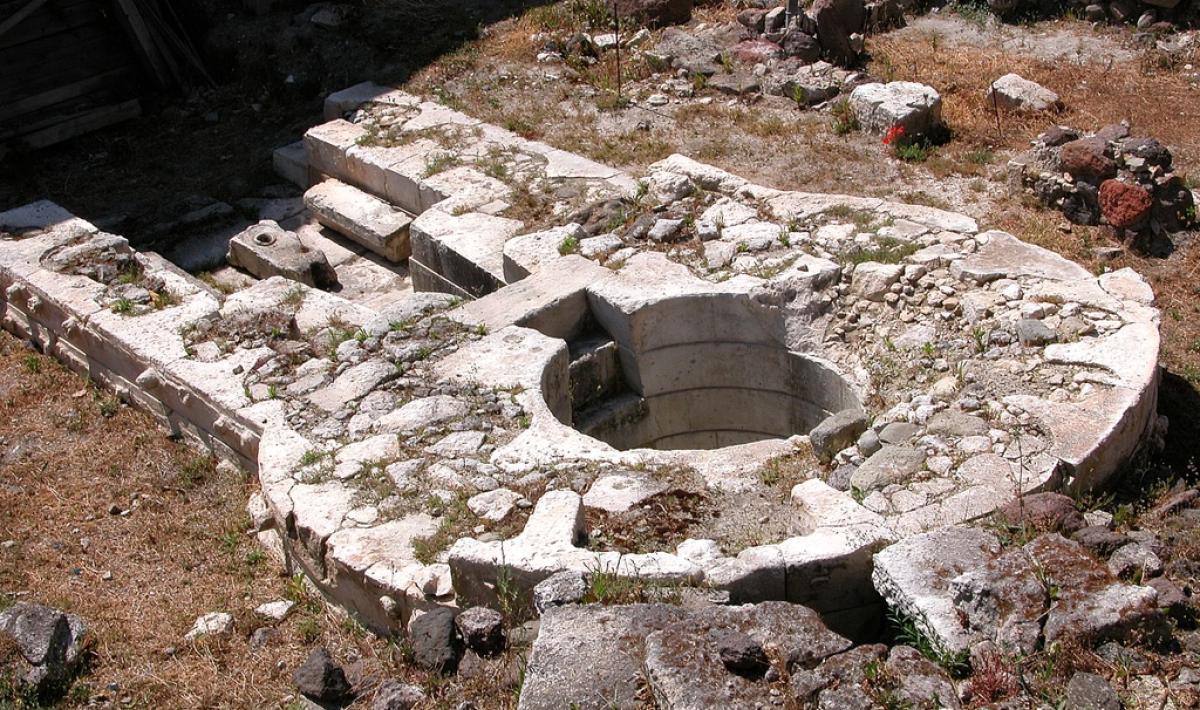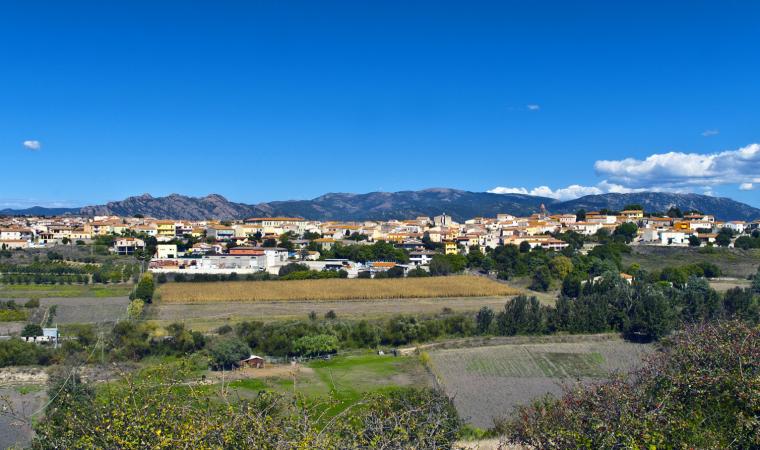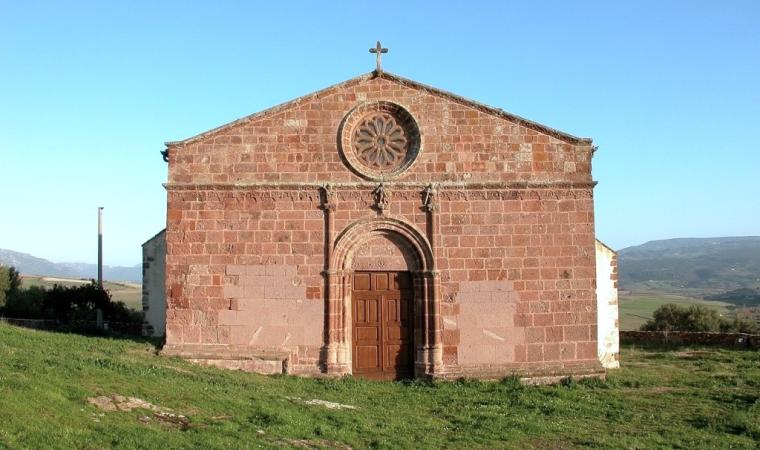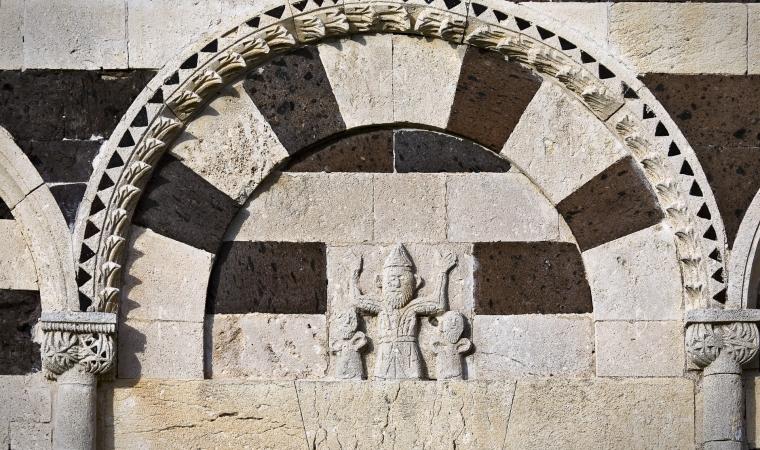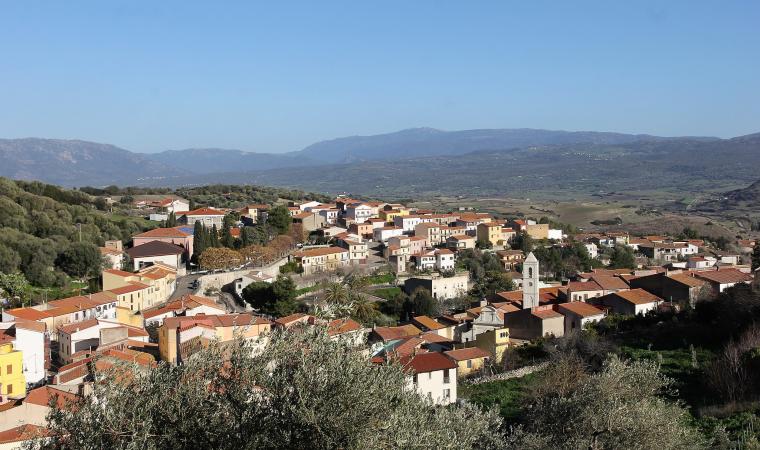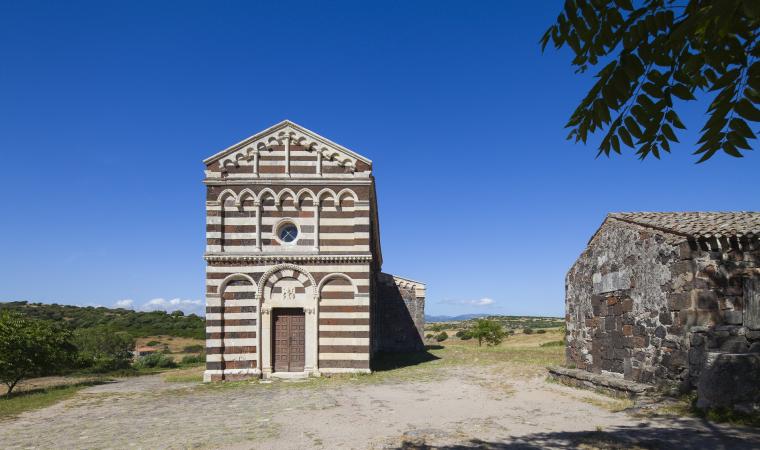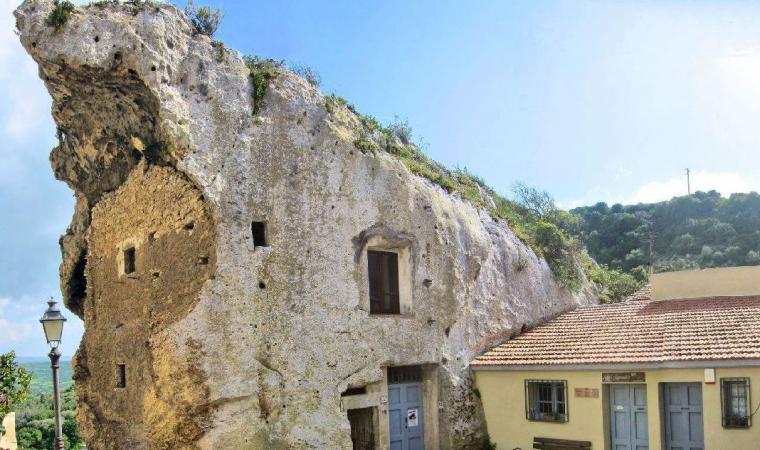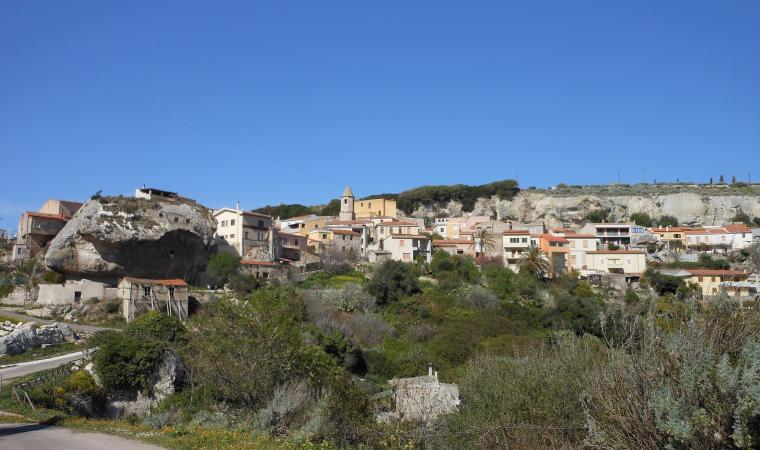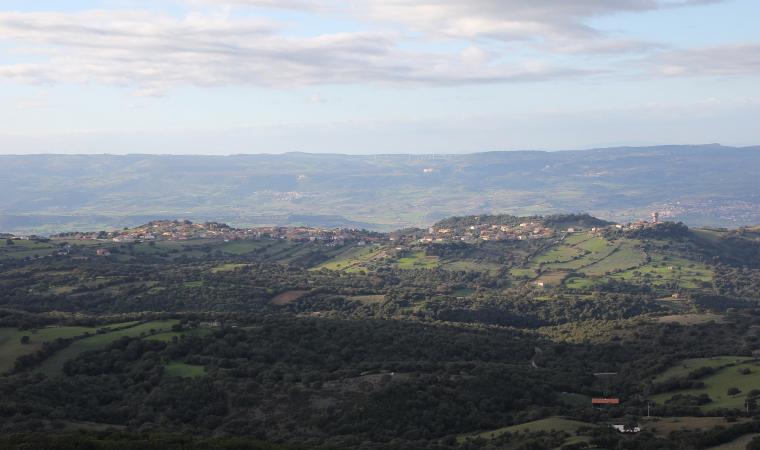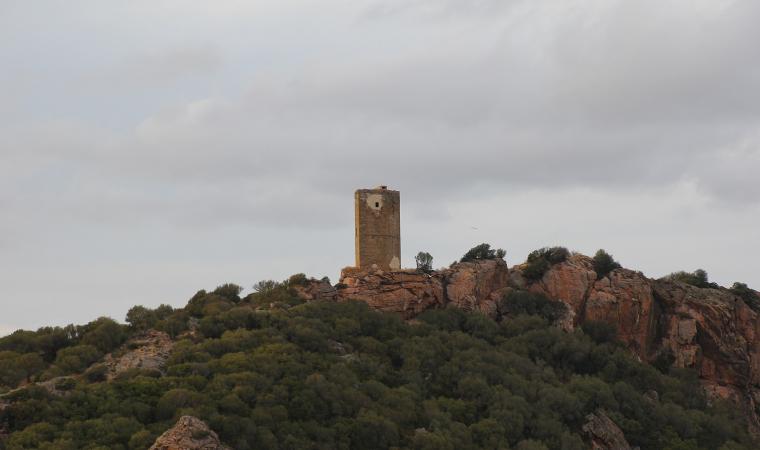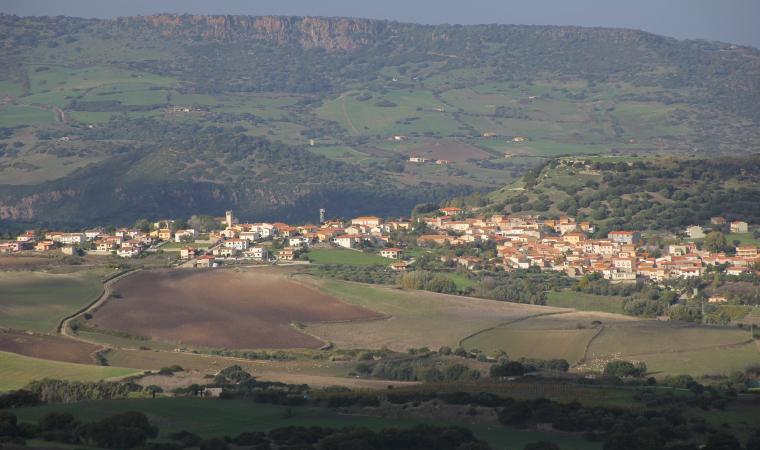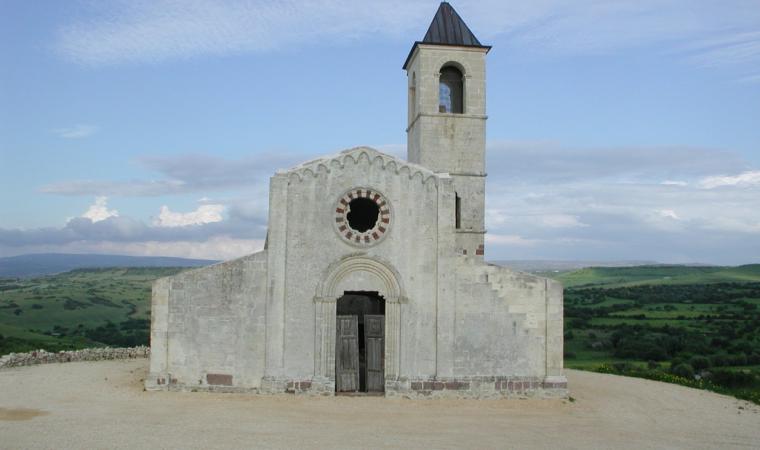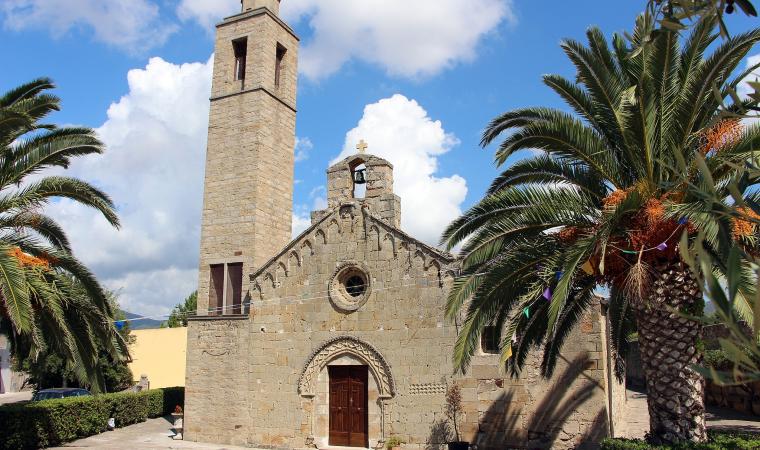It is one of the most refined examples of architecture linked to the worship of the waters from the Nuragic age, with incredibly precise measurements and geometries. The sacred well of Predio Canopoli is found in Perfugas, right in the town centre, and was discovered in 1924 by the owner of the land, from which the well got its name. The building is entirely made from limestone ashlars, probably from the Laerru quarries and worked with extreme care: there are no mortars or binders and the stones are laid dry, in blocks inserted with incredible precision, forming two walls connected by T-shaped or dovetailed ashlars. The building and installation of the blocks made using the opus isodomum technique bring to mind those of the well at the Sanctuary of Santa Cristina in Paulilatino. The hypogeic chamber has a truncated cone shape, it is paved and perfectly circular and has well-smoothed walls. The ceiling, which is missing, must have been a tholos (false dome) type. The room is preceded by a rectangular vestibule, which is also paved, with bench-seats, at the end of which there is a staircase with eight steps leading to the spring.
You will also notice that the ashlars of the thlobate of the well and the vestibule are bossages on the external side, with two protrusions per block: it is not clear whether this choice is aesthetic, symbolic - representing the horns of the bull - or simply practical, as the bossages would make it easier to handle and transport the ashlars. Around the area, there are traces of a fence made of trachyte blocks, built on the remains of a temple in antis. You will also see the remains of structures probably linked to the huts of a village. The dating of the temple is uncertain: some place it in the Middle Bronze Age (16th-14th century BC) and others suggest a later date, between the Recent and Final Bronze Age (13th-9th BC). The finds unearthed during the excavations have demonstrated that the site was frequented until the Middle Ages and a bronze votive offering, depicting a bull, stands out. The artefact, on display at the G. A. Sanna National Museum in Sassari, is considered one of the most elegant portrayals of bovines ever found in Sardinia. You can admire most of the findings from the well by visiting the Archaeological Palaeobotanical Museum of Perfugas, where there is an exhibition covering a period of time from the most ancient stone artefacts found so far on the Island - dating back to the Palaeolithic period - to medieval majolica from the churches around the Anglona village. On the subject of places of worship, a visit to the Parish Church of Santa Maria degli Angeli in Perfugas, right in front of the Predio Canopoli, is a must: the church contains the largest retable in Sardinia, dedicated to San Giorgio and created at the end of the 16th century. It is the work of an anonymous artist known as the Maestro of Perfugas.

